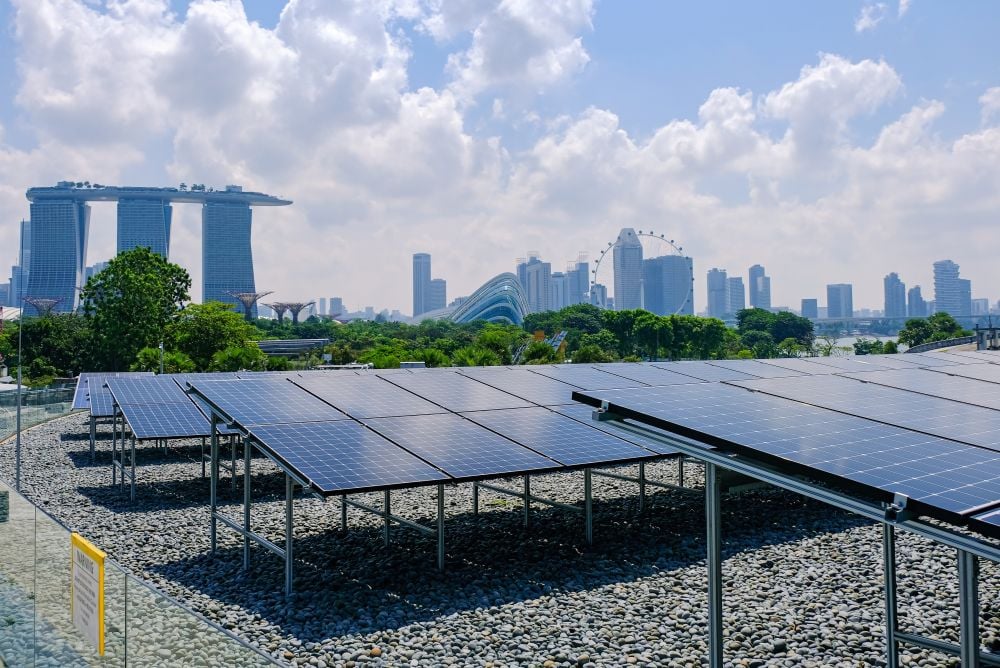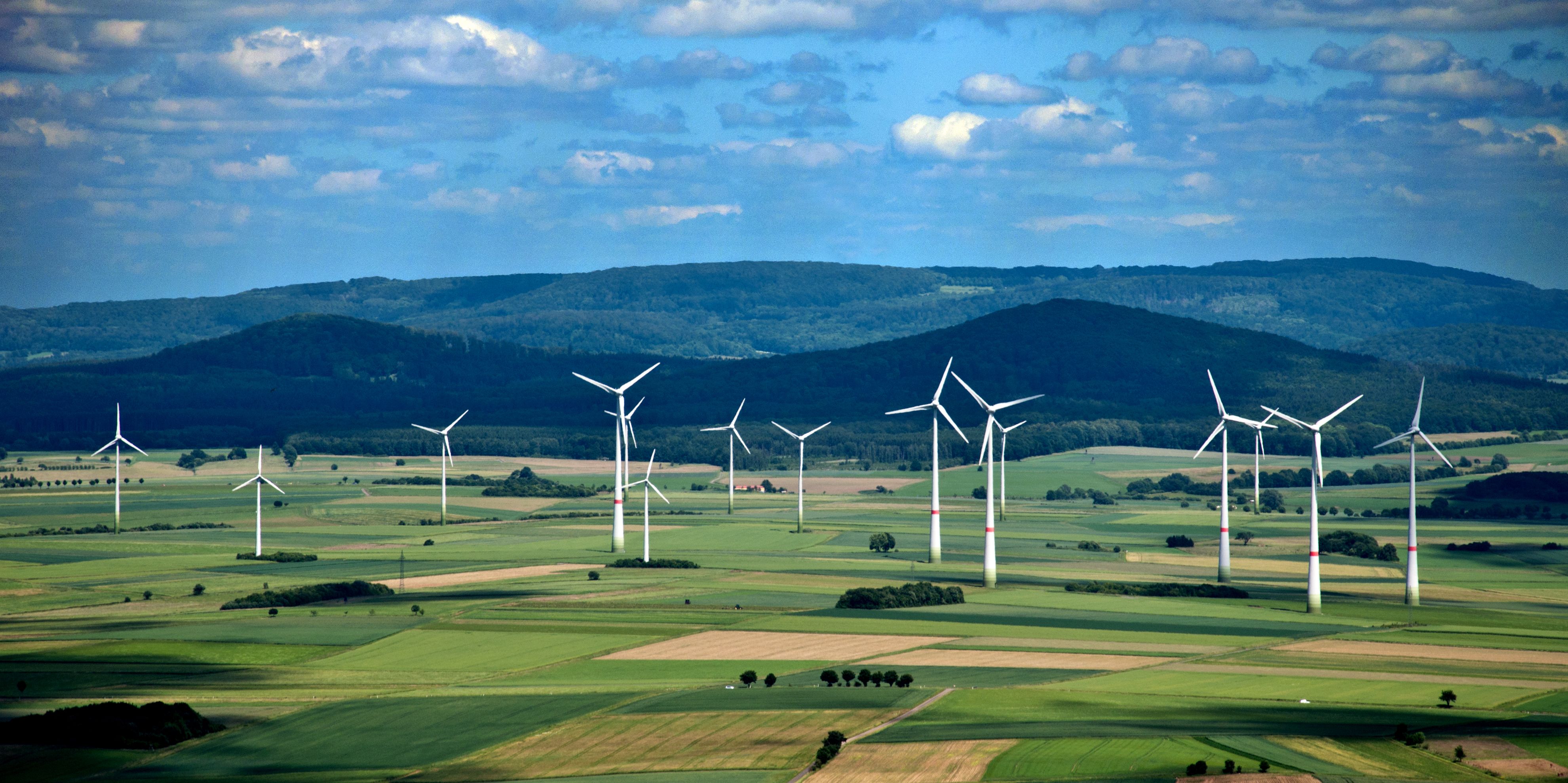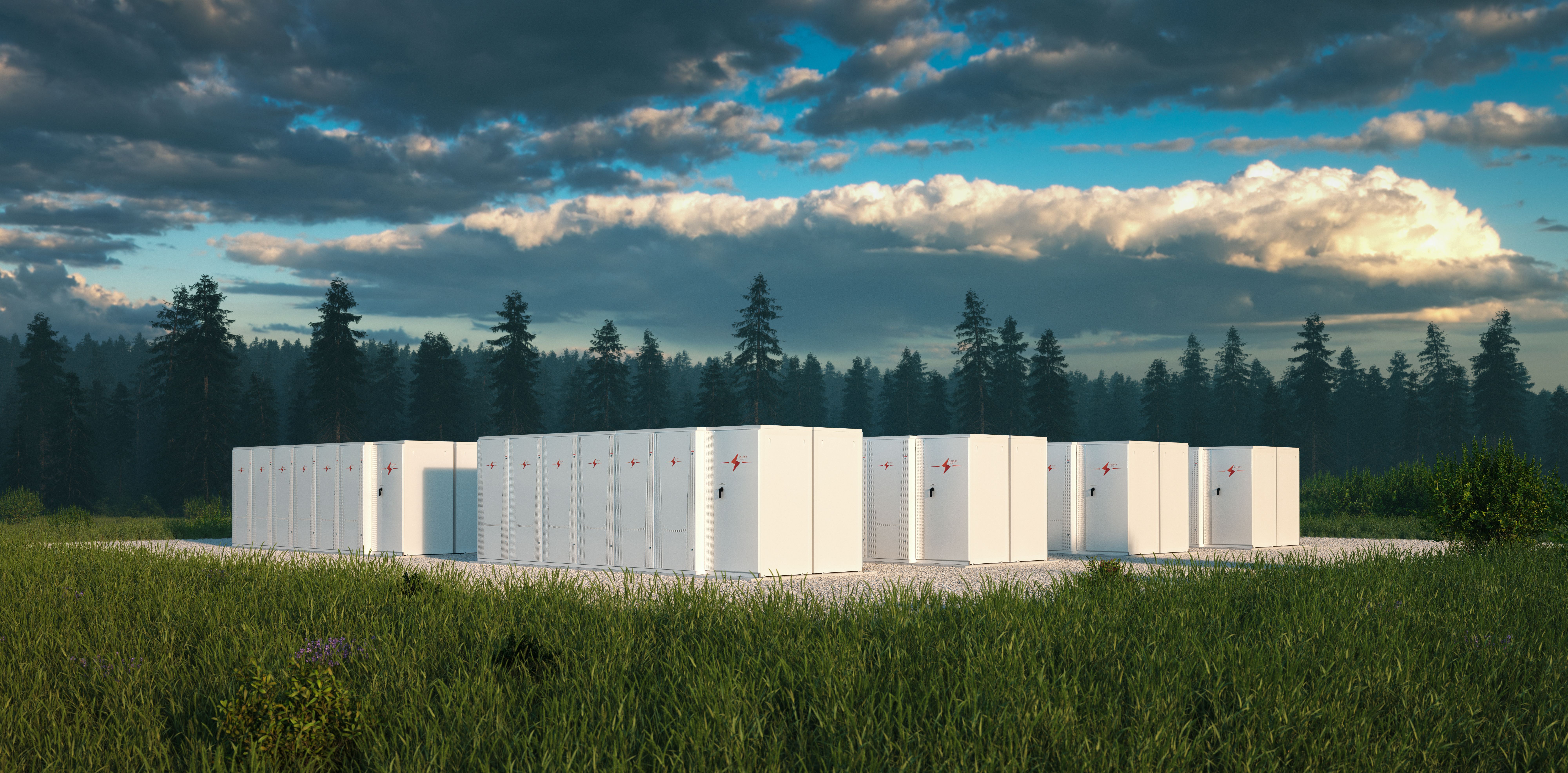Transport and energy infrastructure were high on the agenda at the Asia Europe Meeting (ASEM) Summit held in Brussels on 18 and 19 October. But although the newly launched EU Asia connectivity strategy contains some implicit criticism of the Belt & Road Initiative (BRI), the focus at the summit was more on co-operation - including with China.
The 12th ASEM was chaired by the European Council President Donald Tusk, while European Commission President Jean-Claude Juncker, and High Representative for Foreign Affairs and Security Policy Federica Mogherini also represented the EU.
The summit brought together 30 European and 21 Asian countries, attendees included Chinese Premier Li Keqiang and Russian Prime Minister Dmitry Medvedev.
Just ahead of ASEM on 15 October, the European Council adopted conclusions on "Connecting Europe and Asia – Building blocks for an EU strategy", following the joint communication of the Commission and the High Representative of 19 September.
It noted that the strategy would feed into the ASEM Summit, focusing on transport, energy and digital development, and the document contained some implicit criticism of China's BRI, saying that "new networks should be financially sustainable and economically sustainable" and also "open to competition and should work both ways".
The Council underlined that the EU will promote an approach to connectivity which is sustainable, comprehensive, and rules-based, and will advance investment and trade. "This European approach is based on high standards of social and environmental protection and inspired by the EU's internal market, enabling countries to achieve higher levels of quality of life while guaranteeing respect for individual rights", it said.
However, the document also mentions co-operation with China.
It says that in order to promote regional cooperation and enhanced market access, a level playing field, transparency and sustainable financing and international standards, and to ensure the interoperability of networks, the Council considers that the EU should expand its dialogue and create synergies on Euro-Asian connectivity with all relevant partners, notably with China (building on the existing EU-China Connectivity Platform) and Japan.
Furthermore, the Council sees cooperation with ASEAN and its member states, such as the EU-ASEAN Transport dialogue, as enabling block to block connectivity projects. Sustainable connectivity should also become a key element of EU strategies towards India and Central Asia. In this context, the Council calls for strengthened cooperation at the regional level between the EU and Asia.
The Council also underscores the link between the financial aspects of connectivity and the regional and global financial architecture, and mentions working with the China-led Asian Infrastructure Investment Bank (AIIB).
The document says that the Council supports strengthening the EU's cooperation and coordination with Multilateral Development Banks, in close collaboration with the Member States which already participate in those institutions. Alongside the European Investment Bank and the European Bank for Reconstruction and Development, the International Monetary Fund, the World Bank, the Asian Development Bank and the AIIB are all of importance.
In terms of energy connectivity, the Council highlights the need to address climate change, in line with the Paris Agreement, as well as the ongoing, market-driven transformation towards renewable energy, which is increasing the demand for electricity interconnections and thus regional cooperation in Europe and Asia. The document also addresses the importance of digital connectivity.
Though noting the possibility of working with existing big global players, the new EU strategy does take aim at BRI, though not calling out China or the BRI by name.
It specifically mentions debt sustainability, which is a topic often highlighted by both the US and EU when criticizing the BRI, which stands accused of building up debt mountains that host countries will not be able to pay off - but put them in a weak negotiating position as China's influence grows.
The EU initiative is short on detail of exactly how its connectivity strategy will work in practice, though one element could involve improved transport infrastructure linking southern Europe with central Asia.
The key existing transport connectivity strategy of the EU is its trans-European transport networks (TEN-T), which takes a coherent approach to identifying key priority projects that link together as an efficient network.
While improving existing rail and road infrastructure across much of the EU (such as plans for high speed rail between Prague and Dresden) retains its importance, much of the current focus is on the countries bordering the EU, which hope to become members at some future date. These are Serbia, Albania, Montenegro, Kosovo, Bosnia & Herzegovina, and Macedonia.
The latest initiative could for example see some of these connectivity projects link up with Bulgaria's Black Sea ports, creating efficient sea transport links eastward to Georgia, then into Azerbaijan and across the Caspian Sea into central Asia. But in these countries, it is the BRI that is one of the driving forces on infrastructure, so EU transport links would effectively be linking up with the BRI, rather than trying to replace it.
Meanwhile, in addition to being the dominant infrastructure player in central Asia, China has also been making inroads into southern Europe.
China is close to completing the first phase of a motorway in Montenegro, but until future phases are built, linking it to the Serbian border in one direction and Adriatic port of Bar in the other, it will have limited economic impact. This project has been criticized within the EU as a "road to nowhere".
China has also financed and built a coal fired power station in Bosnia & Herzegovina, and is working on the Belgrade to Budapest high speed rail project.
The Council noted its support for the recent connectivity initiatives of the Commission in the Western Balkans and the Eastern Partnership countries, and is committed to their swift implementation. It underscores the need to increase transport security and customs cooperation. Transport is becoming increasingly multimodal and new opportunities for improving existing and developing new Euro-Asian transport networks are emerging, including the east-west rail connections and new maritime routes.
The EU plan notes that regional cooperation is a key aspect of the EU's approach to the Eastern Partnership and Central Asia, as well as to cooperation on the Black Sea, the Baltic Sea, the Mediterranean, and the Adriatic. In this regard, the Council welcomes the Three Seas Initiative. This is aimed at road and rail links connecting the Baltic Sea in the north with the Adriatic Sea and Black Sea in the south.
The Three Seas Initiative – also known as the Baltic, Adriatic, Black Sea (BABS) Initiative - comprises twelve Eastern and Central European countries. These are Poland, Croatia, Czech Republic, Hungary, Romania, Slovakia, Bulgaria, Estonia, Lithuania, Austria, Latvia, and Slovenia. Other than Austria, they were all Eastern Bloc countries, so there is strong overlap with the China-led 16+1 initiative, which describes the countries from Central and Eastern Europe plus China.
Indeed, a transport related 16+1 event took place in Belgrade in the days leading up to ASEM.
The Third Meeting of Ministers of Transport of 16+1 countries was held on 16 and 17 October, hosted by Serbian President Aleksandar Vucic and Deputy Prime Minister and Minister of Construction, Transport and Infrastructure Zorana Mihajlovic.
Among those attending was Bulgaria's Deputy Minister of Transport, Information Technology and Communications Velik Zanchev. He outlined the main transport links in the west-east direction, as well as the opportunities for combined transport.
"Capacity and functionality of the two Black sea ports of Varna and Bourgas give good approaches for sea-to-rail or sea-to-road freight trans-shipment operations," Zanchev said.
He highlighted the fact that the existing port infrastructure in Bulgaria is of high density, and has free port capacity available. Creating value added by cooperation in the framework of the 16+1 initiative is of particular importance for Bulgaria.









